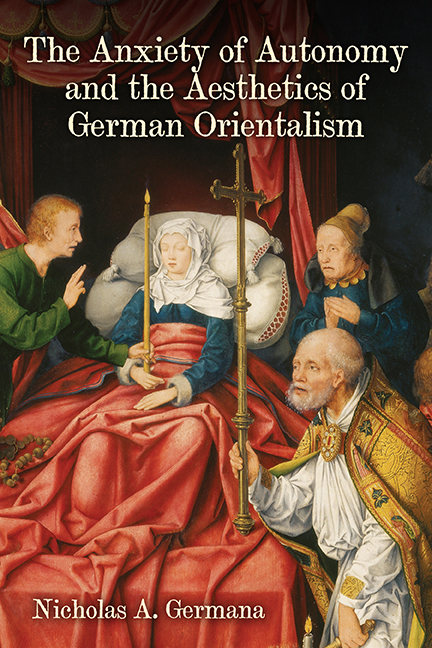6 - The End of Art
Published online by Cambridge University Press: 25 August 2018
Summary
IN HIS LECTURES on the philosophy of history Hegel traces the progressive unfolding and self-realization of Spirit chronologically and geographically from East to West. The real narrative begins in China (after he dismisses sub-Saharan Africa as beyond and before history), where Spirit first awakens to the dullest inkling of self-awareness, and then progresses to India. Here we encounter one of the most Romantic effusions to be found in the lectures, but one that concludes with a definitive pronouncement about the place of Indian culture in world history:
There is a beauty of a peculiar kind in women, in which their countenance presents a transparency of skin, a light and lovely roseate hue, which is unlike the complexion of mere health and vigor— a more refined bloom, breathed, as it were, by the soul within— and in which the features, the light of the eye, the position of the mouth appear soft, yielding, and relaxed. This almost unearthly beauty is perceived in women in those days which immediately succeed childbirth; when freedom from the burden of pregnancy and the pains of travail is added to the joy of soul that welcomes the gift of a beloved infant. A similar tone of beauty is seen also in women during the magical somnambulic sleep, connecting them with a world of superterrestrial beauty. A great artist (Scorel) has moreover given this tone to the dying Mary, whose spirit is already rising to the regions of the blessed, but once more, as it were, lights up her dying countenance for a farewell kiss. Such a beauty we find also in the Indian world; a beauty of enervation [eine Schönheit der Nervenschwäche] in which all that is rough, rigid, and contradictory is dissolved [aufgelöst], and we have only the soul in a state of emotion—a soul, however, in which the death of free selfreliant Spirit is perceptible.
- Type
- Chapter
- Information
- The Anxiety of Autonomy and the Aesthetics of German Orientalism , pp. 164 - 193Publisher: Boydell & BrewerPrint publication year: 2017

